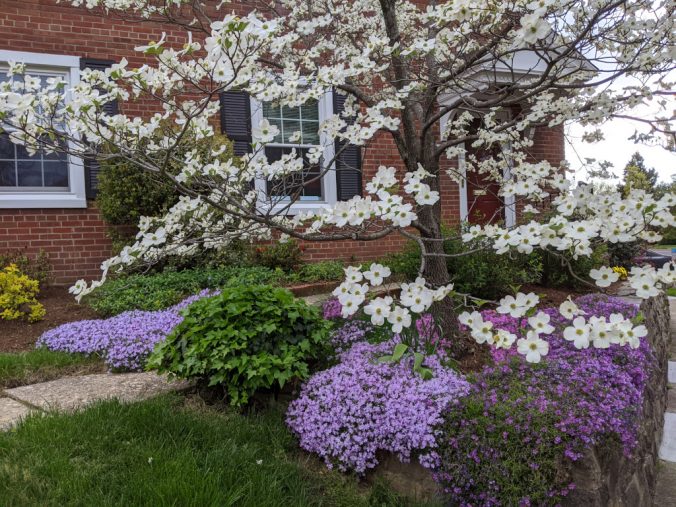The Secret Garden, by Frances Hodgson Burnett (Children’s classic)
“Born in India, the unattractive and willful Mary Lennox has remained in the care of servants for as long as she can remember. But the girl’s life changes when her mother and father die and she travels to Yorkshire to live with her uncle. Dark, dreary Misselthwaite Manor seems full of mysteries, including a very special garden, locked tight for 10 years. With the help of Dickon, a local boy, Mary intends to uncover its secrets.”
The House of the Seven Gables, by Nathaniel Hawthorne (American classic)
“Built over an unquiet grave, the House of the Seven Gables carries a dying man’s curse that blights the lives of its residents for over two centuries. Now Judge Jaffrey Pyncheon, an iron-hearted hypocrite and intellectual heir to the mansion’s unscrupulous founder, is attempting to railroad a pair of his elderly relatives out of the house. Only two young people stand in his way–a visiting country cousin and an enigmatic boarder skilled in mesmerism.”
As soon as I learned that The Secret Garden would be on my book group‘s schedule for 2015, I thought it would be nice to re-read The House of the Seven Gables also and comment on both novels. On the surface, these books appear quite different, but I knew they were similar in at least one respect—both stories show gardening as being an activity that nourishes both the body and spirit. By the time I was finished reading the books, I realized that they are even more similar than I had remembered; they both address the healing of emotionally diseased individuals and families in old manor houses that symbolically take on the sickly qualities of the families that inhabit them. One of the characters in The House of the Seven Gables describes this relationship between the families and their generational homes:
Continue reading


